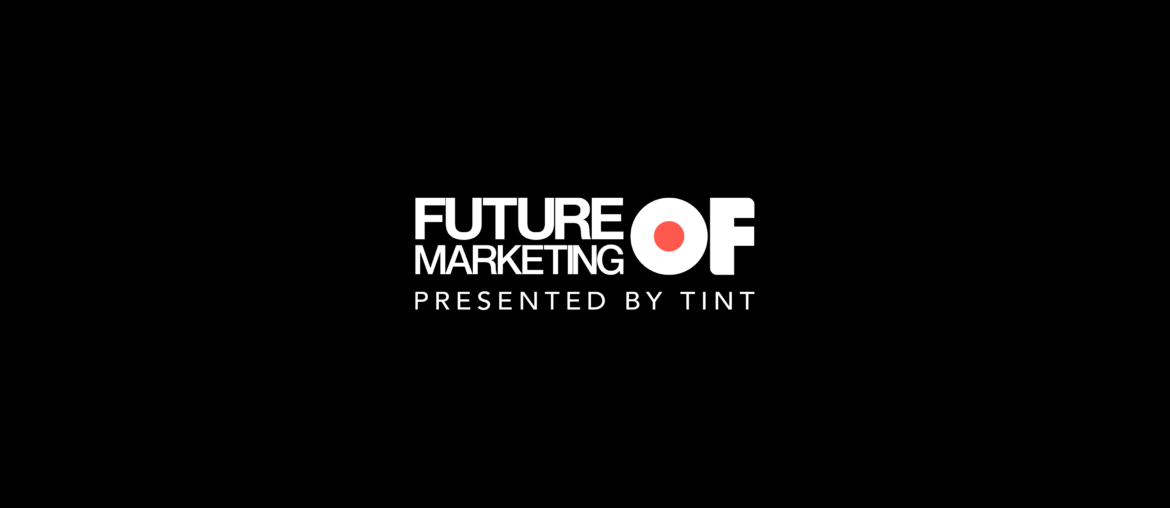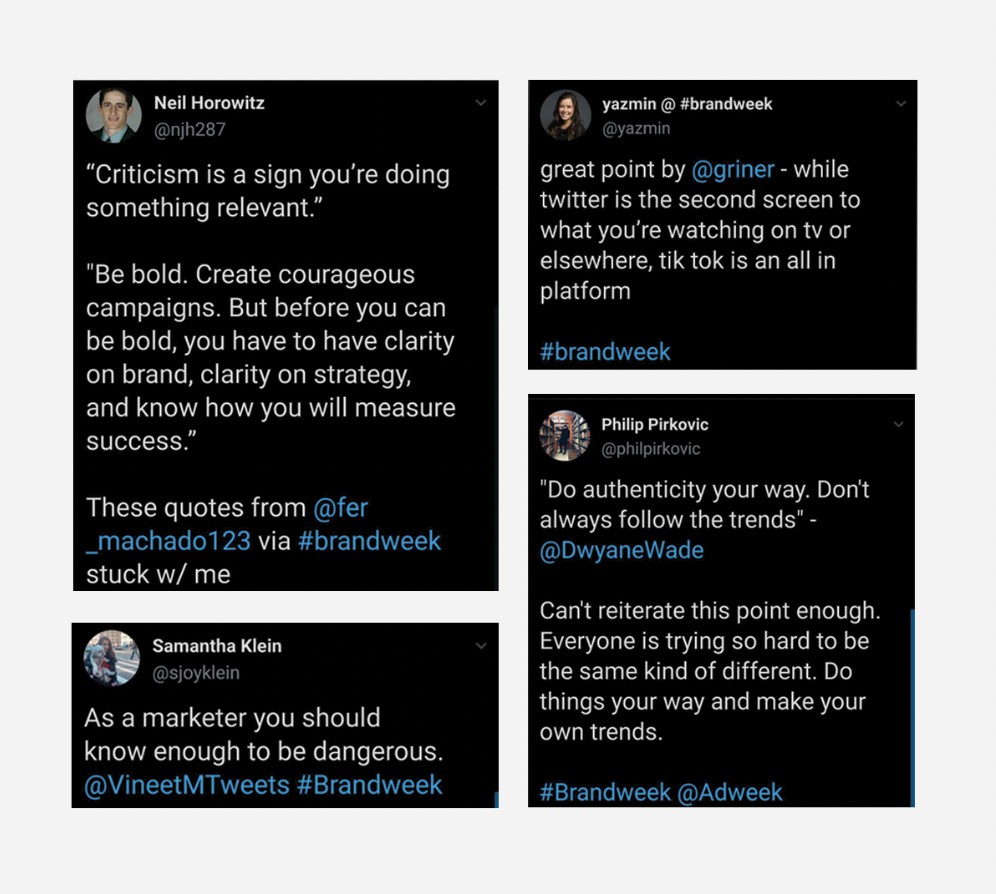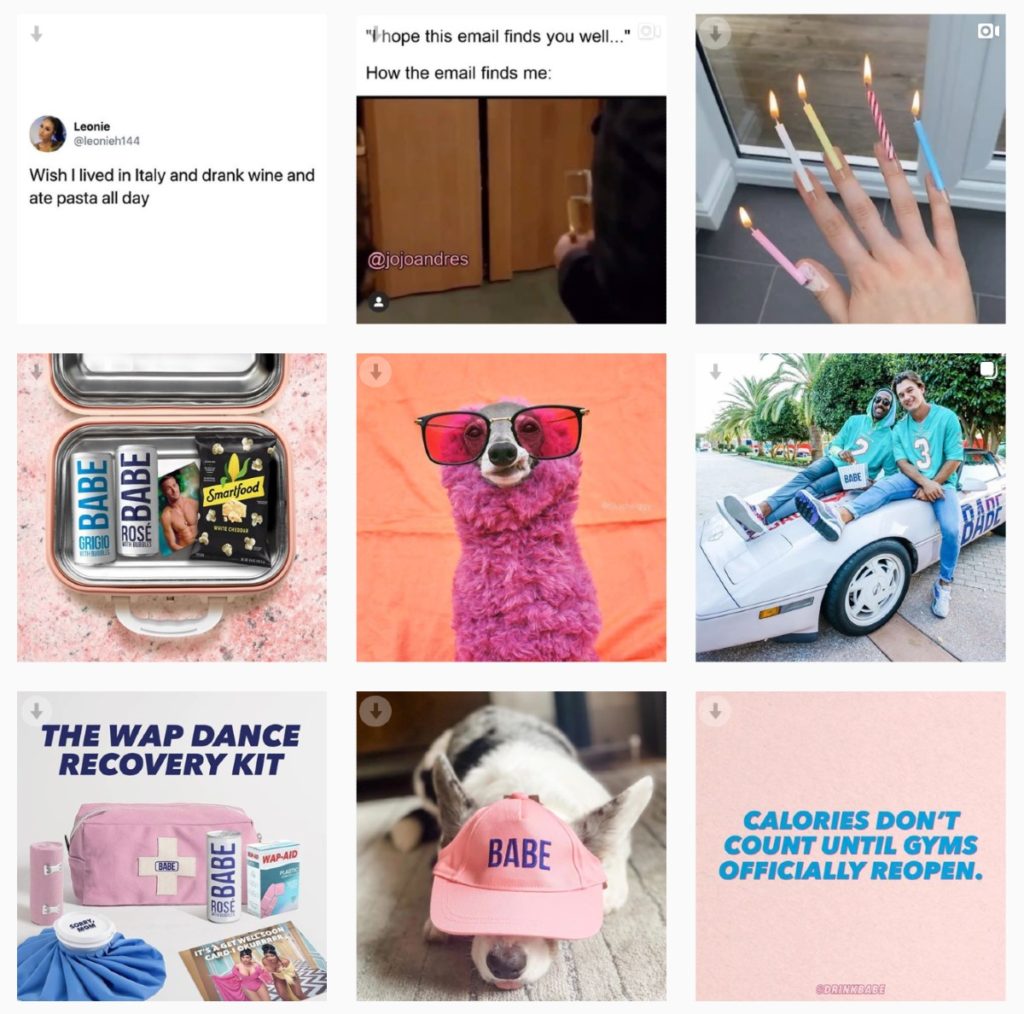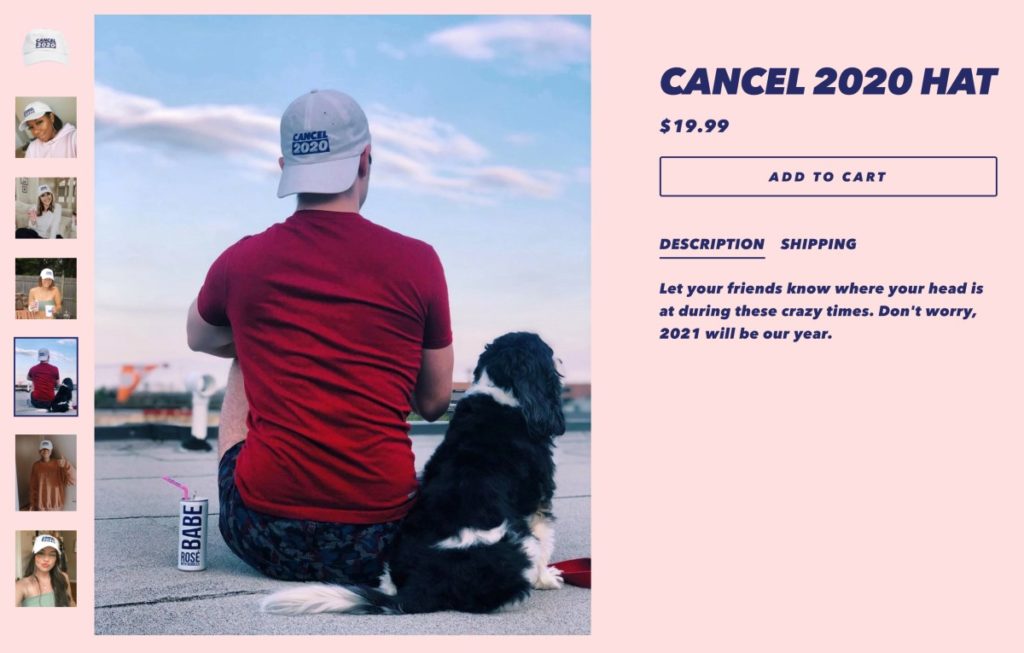We’re living in the attention economy – where the average person is exposed to somewhere between 6,000 to 10,000 advertisements every single day.
There is a surplus of information and content online – more than any of us could ever hope to physically process. And brands are racing to stand out.
“Technological advances have made an overwhelming amount of information available, strategically aimed at capturing our attention,” shared Berkeley Economic Review. “As for the general public, it has never been easier to garner such personal levels of attention through means like social media.”
Designing engagement
Don’t produce noise for the sake of being noticed.
Live up to your brand promise by creating marketing experiences that support people through various phases of their decision-making journey.
“It’s important to think in terms of developing multiple short interactions to create a ‘ladder of engagement’ with a customer,” McKinsey shares. People are less willing to engage or consume your content if they don’t trust or have a connection with your brand.
Start with short interactions or passive touchpoints – like testimonials – to build awareness and trust. Then, share stories from real people, engage, and build up to bigger opportunities.
Google also shares 3 insightful principles marketers should consider to capture attention more effectively. And here’s a spoiler:
- Stop wasting money on ‘spray and paid’ media
- Maximize creative factors you can control (like storytelling)
- And build attention and relationships incrementally to earn trust
User-generated insights
Brandweek Masters Live 2020 is still happening and it’s filled with some of the best content we’ve seen this year.
“Brandweek – a fully reimagined virtual experience for 2020—assembles the foremost brand marketers, the masters across industries, to share insights and discuss the future of marketing.”
Here are some of our favorite #brandweek insights from Twitter:
If there’s one takeaway from these conversations it’s this – be bold but understand why you’re ‘running’ a certain direction.
PS. Notice how people are tagging “#brandweek” on social media after watching the sessions – sharing quotes they resonated with, repurposing other people’s insights on their feeds.
That’s UGC.
And so is this. 👆
What else we’re learning…
- Consumer-created social media visuals capture brand perception [Phys.org]
- Social media marketing impacts revenue [FOM]
- In the future, our attention will be sold [Mark Manson]
- How Grey Goose is using the U.S. Open to test At-home Cocktail Kits [Modern Retail]
- Perspectives ft. Yazmin Slim, Digital Marketing Manager at Universal Pictures [FOM]
The speed of the internet is a lot faster than the speed of a corporation, even the most successful ones.
Yazmin Slim
#BrandCrush: Babe Wine
Each week in #brandcrush we highlight exceptional brands that are channeling their customers’ voice to connect more authentically with their audience.
If you’ve ever wanted a candle that smells like Nacho Cheese, Grass, or Jockeypants – Babe Wine embraces disruption like nobody’s business.
From their tone and messaging to visual identity (and now their product line), Babe Wine exudes everything “bold,” “millennial,” and better yet – UGC.
Study Babe Wine’s Instagram. It encompasses creative content generated by customers, fans – real people:
As far as the candles…
Babe Wine’s General Manager stated, “[Babe Wine] saw an opportunity to enhance the at-home game day experience through some pretty unique scents that’ll make you feel like you’re really there.”
One more thing we noticed (and commend)…
Babe Wine is repurposing images of people wearing their products as “testimonials” on its product page. See the ‘Cancel 2020’ cap example below:
Essentially, repurposing UGC like Babe Wine did above:
- Reduces costs for content production and product photography
- Highlights visual testimonials of the product by showing potential buyers what the product looks like according to people who have it
- Maximizes times and resources it takes to produce relevant content




